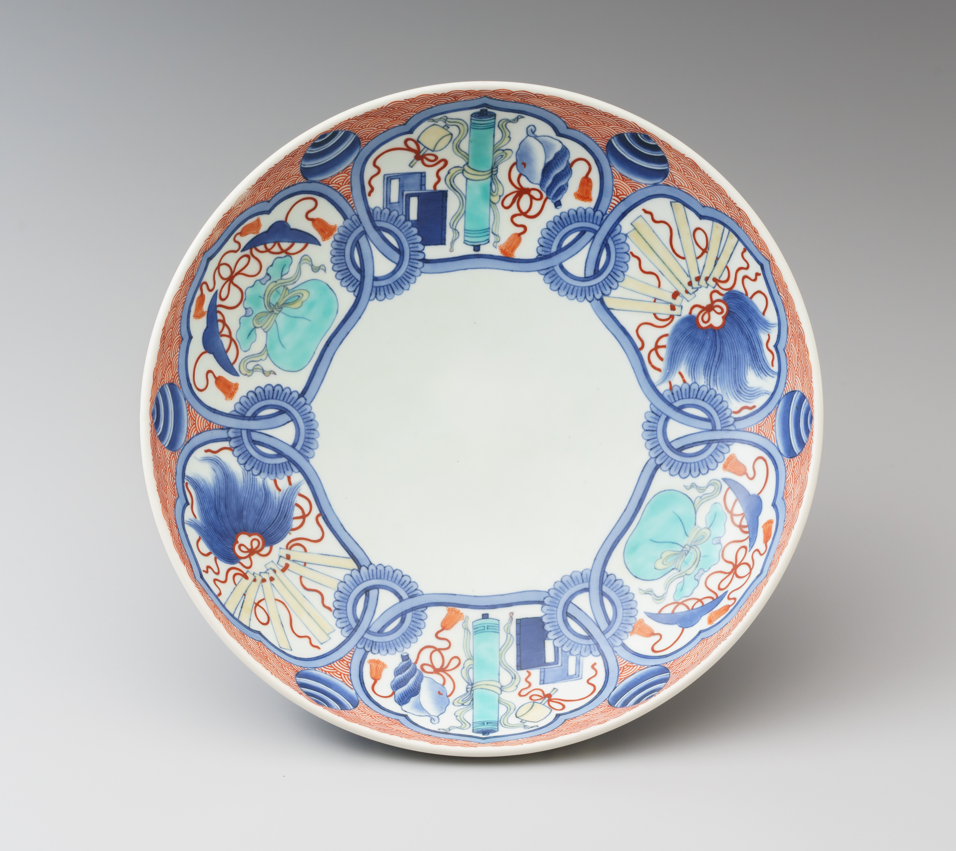Arita Ware, Its Iroe(Akae)and History
Arita ware(Arita-yaki) can be broadly divided into two types based on the method of painting the vessels. One is called Sometsuke, in which indigo blue is applied onto a white porcelain surface before applying the glaze. It is sometimes casually referred to as Blue and White.
Another type is called Iroe, also known in traditional terms as Akae. (“Akae” meaning “red painting”) This style features not only indigo blue but also vivid colors such as red, yellow, and green. In the central area of Arita Town, there is a district called Akae-machi. It is a technique developed in Arita Town in the mid-17th century based on Chinese colored glaze painting.
At that time, the feudal lord concentrated the Akae painters within a specific district to keep the technique secret — and that is the origin of the name Akae-machi.

Why was secrecy necessary?
The reason was that the Nabeshima clan of the Saga Domain — the administrative rulers of Arita ware — needed to distinguish Akae pieces as exclusive tribute gifts for the Shōgun and Daimyō.
The Saga Domain was an administrative unit roughly equivalent to today’s Saga Prefecture. The Shōgun was the military ruler of Japan during that period, and the Daimyō were the lords who governed each domain. The Nabeshima clan was the ruling family in charge of the domain.


Because of this system, the kilns managed by the Nabeshima clan came to be called Nabeshima Hanyō, meaning “kilns dedicated exclusively to the Nabeshima Domain.”
The porcelain produced as tribute items was known as Iro-Nabeshima or Nabeshima-yaki. In present-day Akae-machi, traces of this history still remain. One such place is the Imaemon Kiln, the creative manufactory of the 14th-generation Imaizumi Imaemon, a Living National Treasure.
The tiles on the eaves beneath the second floor’s window of the Imaemon Kiln are faintly stained red. It is said that these stains were made by pigments discarded by artisans after finishing their work.
The fact that the stains remain below the windows also shows that, before the invention of electric lighting, artisans might have worked near windows to make the best use of natural light.

Even today, visitors can observe artisans painting near the windows, just as they did centuries ago.
About a ten-minute drive northwest of the Imaemon Kiln is the Gen-emon Kiln, where you can see the entire process — from shaping and glazing to outlining and painting. Photography is generally permitted.
If you wish to witness the traditional Iroe or Akae techniques of Arita firsthand, Gen-emon kiln is a highly recommended destination.(T.S.)

